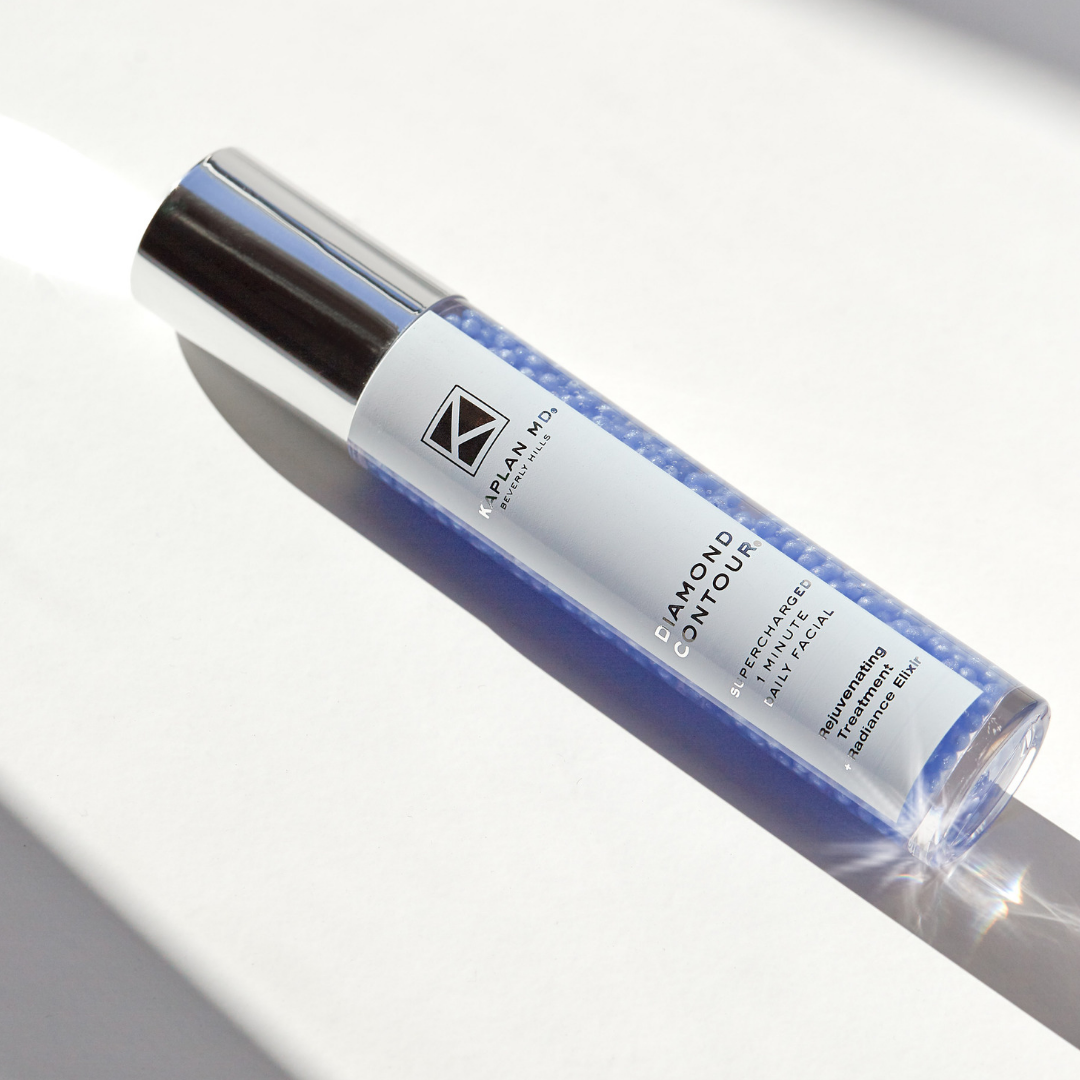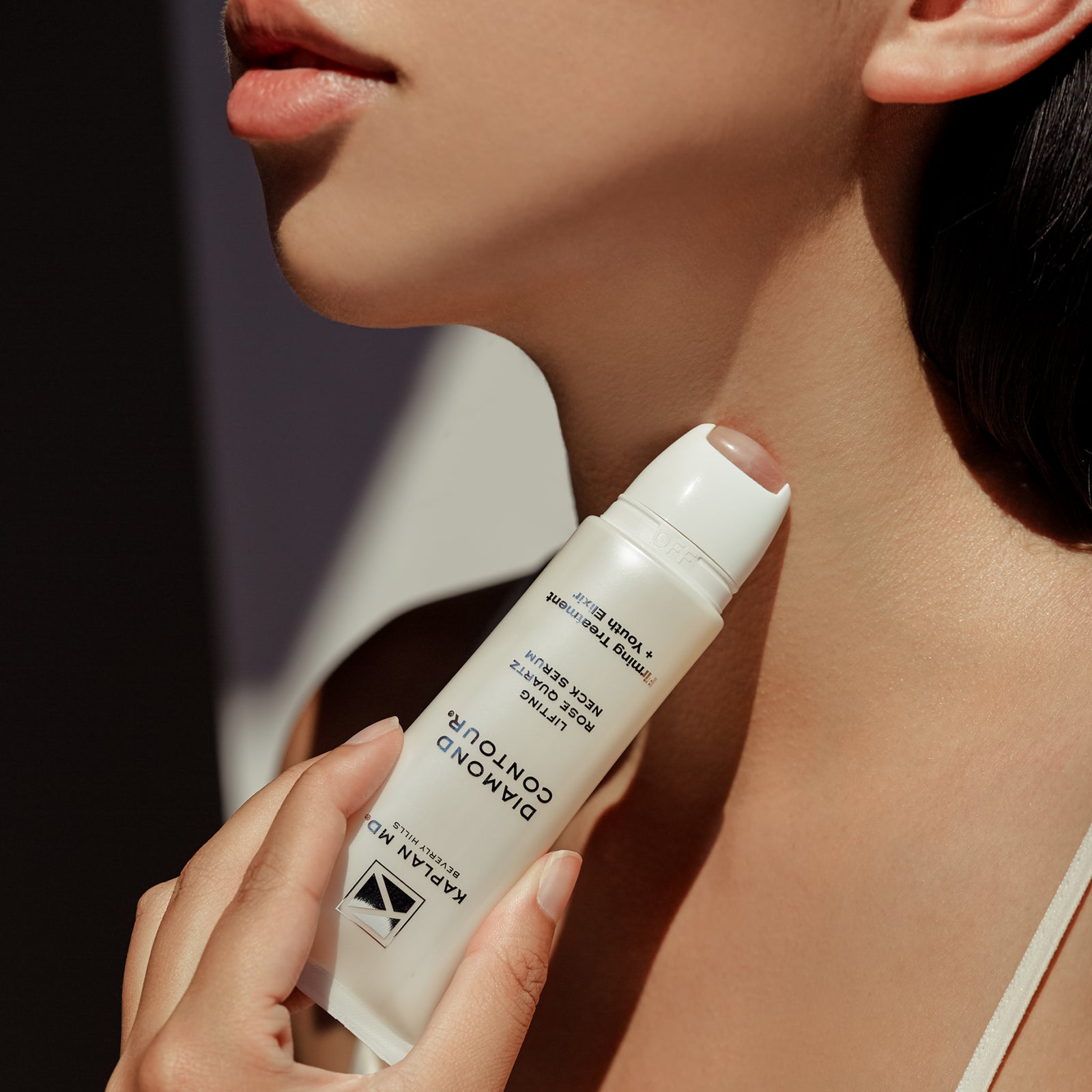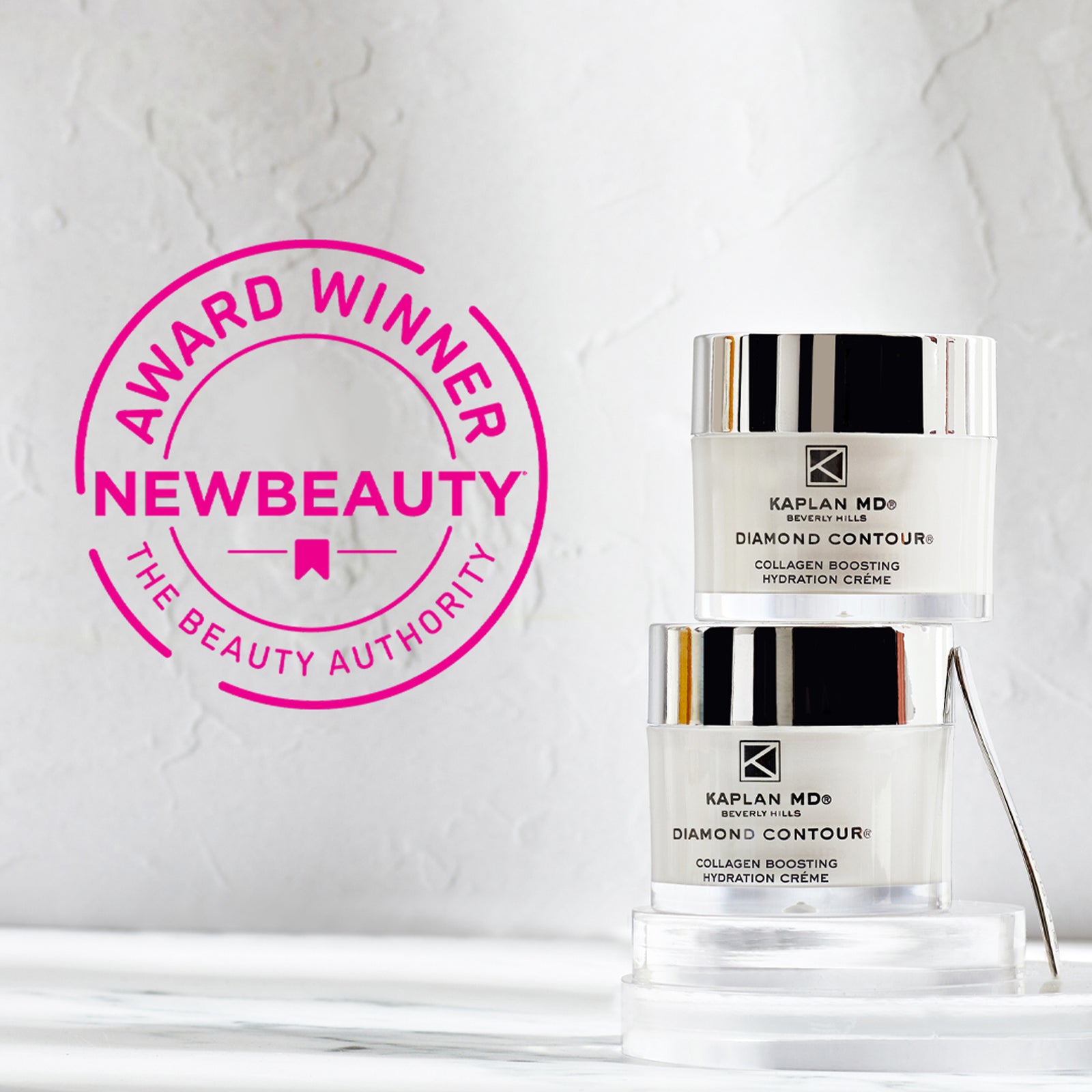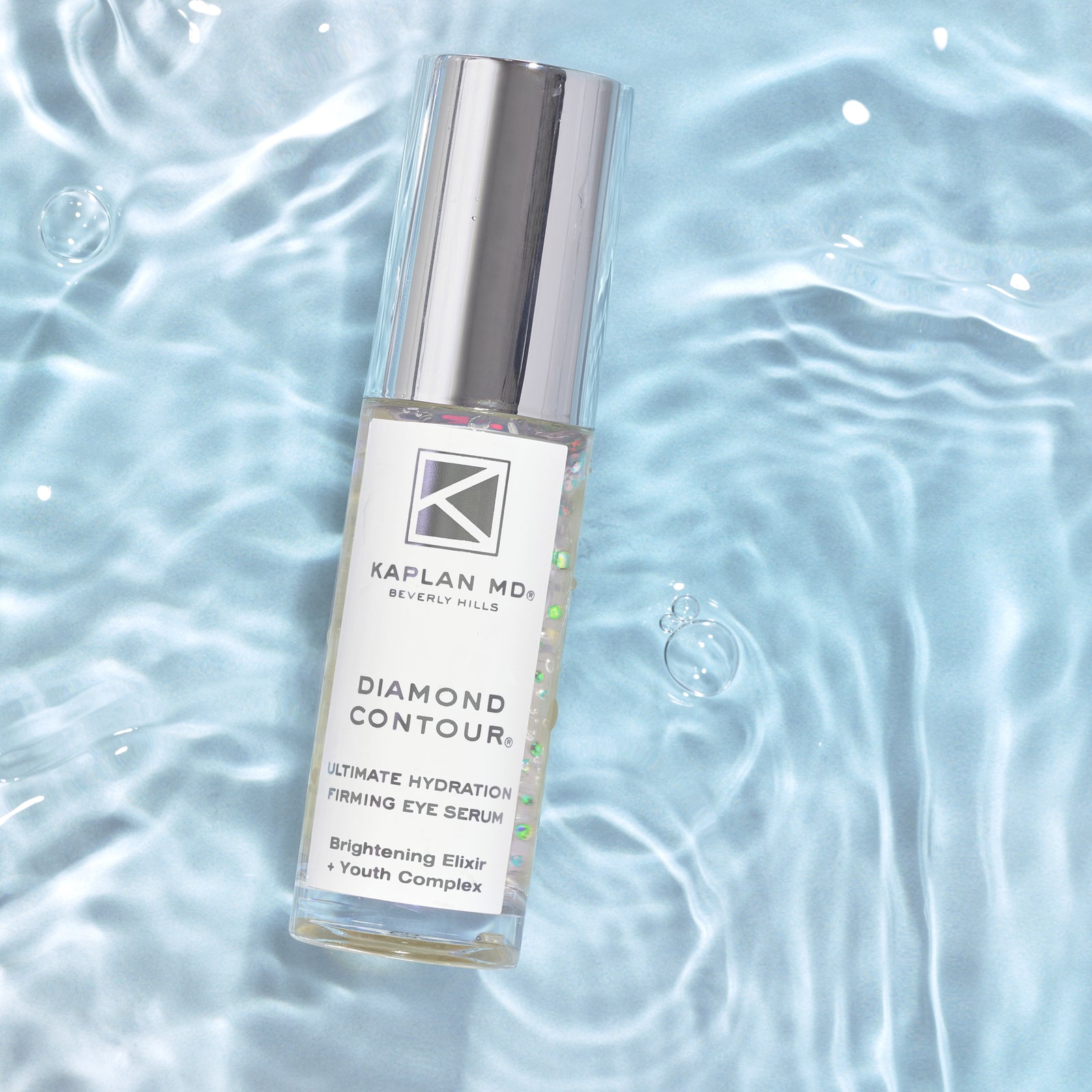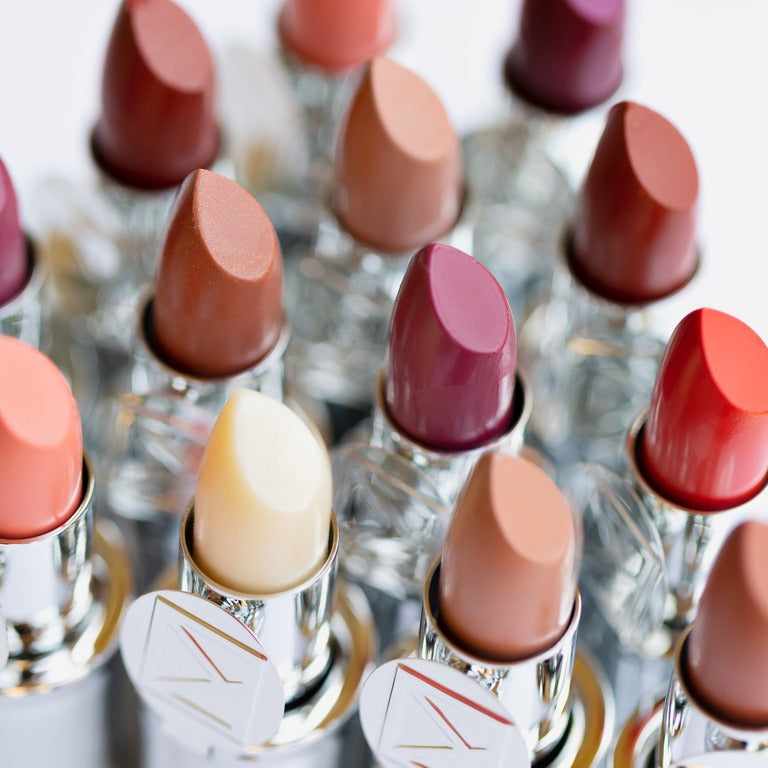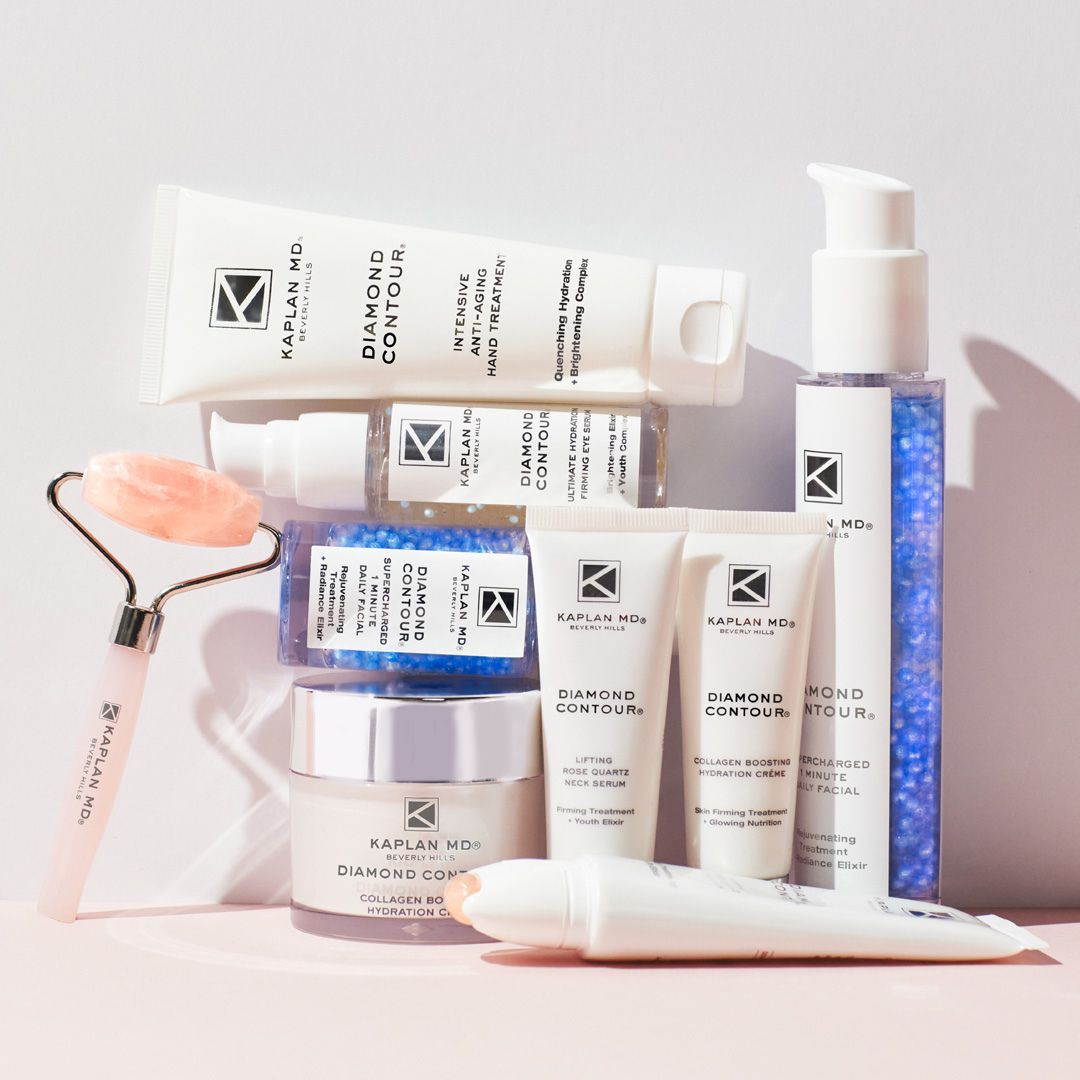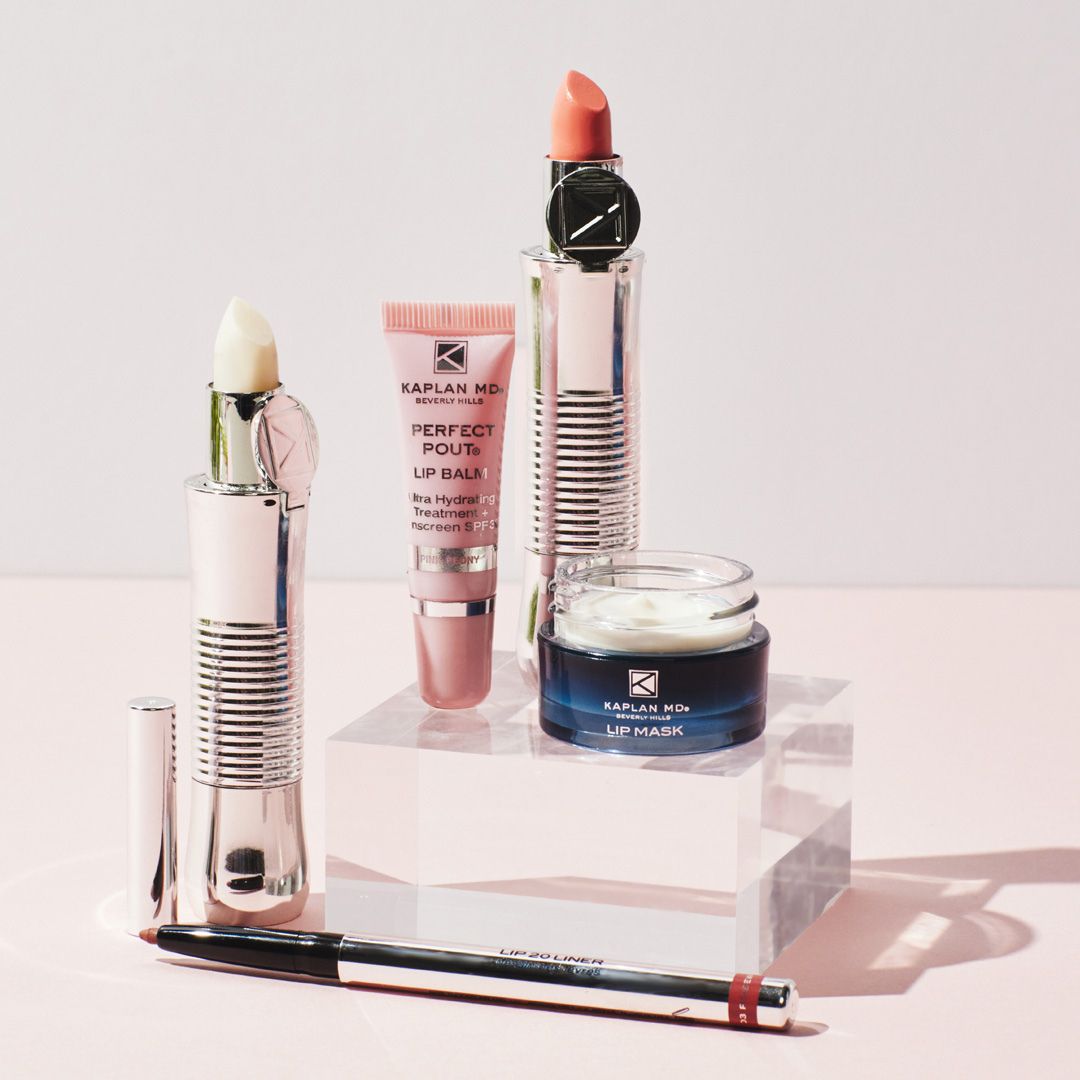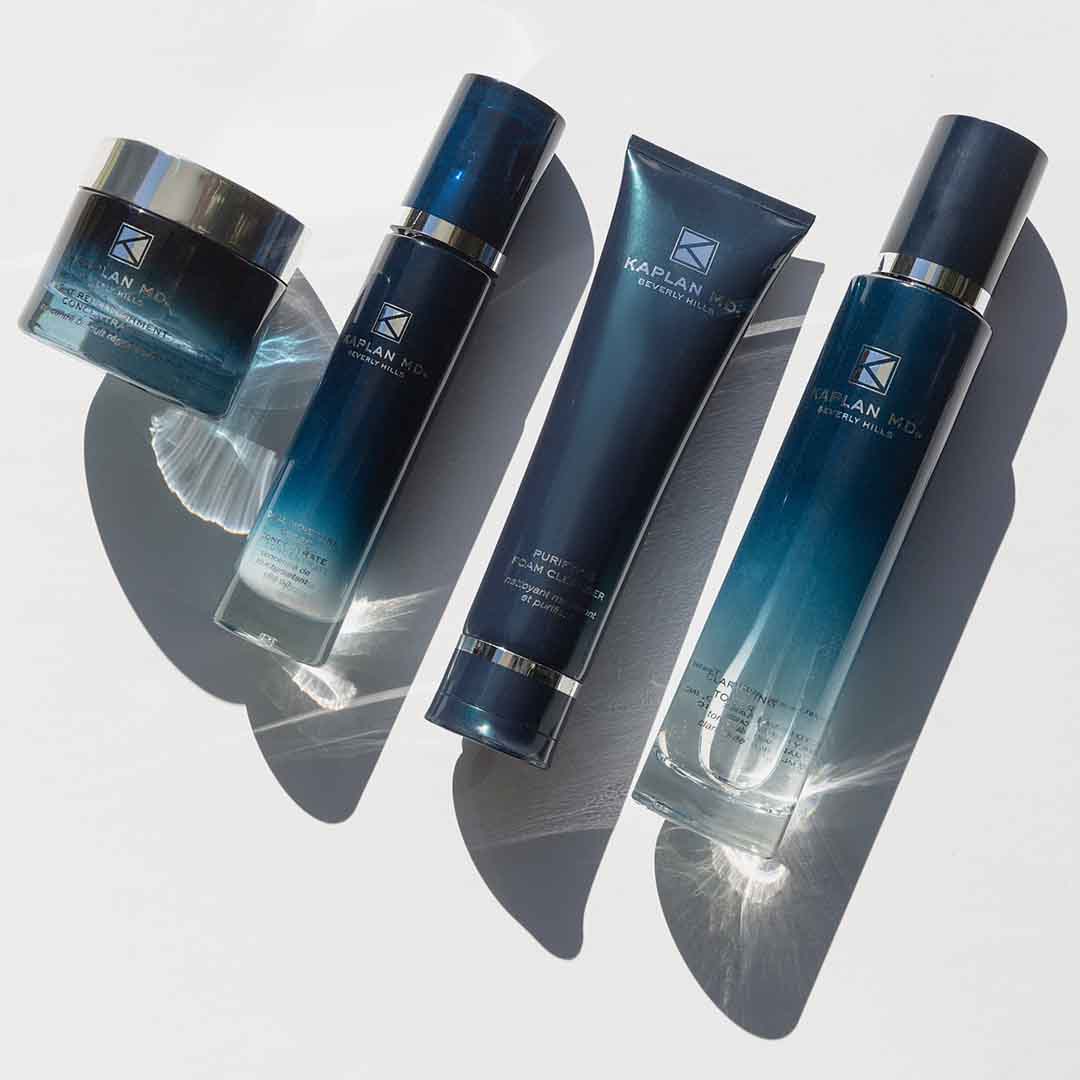Dr. Kaplan – Actinic Keratoses
ACTINIC KERATOSES
Actinic keratoses (AKs) are common skin growths. In fact, these growths are so common that treatment for AKs is one of the most frequent reasons that people see a dermatologist. AKs also are called “solar keratoses” because they are caused by years of sun exposure. AKs are considered precancerous. Left untreated, AKs may turn into squamous cell carcinoma. Like skin cancer, AKs develop when ultraviolet (UV) light damages cells in the skin. Cells damaged by UV light from the sun or indoor tanning cause the skin to become rough and scaly. If the cells continue to change, AKs can progress to skin cancer.
WHAT DO AKS LOOK LIKE?
Most AKs share common qualities such as being dry, scaly, and rough textured. Not all AKs look the same though. Some are skin colored and may be easier to feel than see. These AKs often feel like sandpaper, can appear in groups and cover larger areas of skin. Other AKs can appear as red bumps; thick red scaly patches or growths; or crusted growths varying in color from red to brown to yellowish black. A single AK may range from the size of a pinhead to larger than a quarter.Sometimes an AK grows rapidly upward, and you see a growth that resembles the horn of an animal. When this happens, the AK is called a “cutaneous horn.” Horns vary in size from that of a pinhead to a pencil eraser. Some horns grow straight; others curve. Cutaneous horns often form on men’s ears.
AKs often seem to disappear for weeks or meotns and then return. This makes treatment important. Left untreated, the damaged cells can continue to grow and skin cancer may develop.
WHO GETS AKS?
Fair-skinned people have a higher risk for getting AKs. Also, people who have one or more of the following traits:
-Blond or red hair color
-Blue, green, or hazel eyes
-Skin that freckles or burns when in the sun
-40 years of age or older
-People who have had a lot of sun exposure can develop AKs earlier than age 40. Using a tanning bed or sun lamp also increases your risk of developing AKs.
WHERE DO AKS FORM ON THE BODY?
When AKs develop, they tend to appear on skin that receives the most sun, including the:
-Face, forehead and scalp, especially a bald scalp
-Ears
-Neck and upper chest
-Back Arms and hands
-Lower legs, especially in women
-AKs also commonly form on or at the border of the lip. An AK on the lip is known as “actinic cheilitis” looks like a scaly patch on a dry, often cracked lip. The part of the lip with actinic cheilitis usually looks white or grayish.
HOW DO DERMATOLOGISTS TREAT AKS?
When treating AKs, dermatologists may use one or several therapies. Treatments available in a dermatologist’s office include:
CRYOSURGERY
This is the most common treatment for AKs. It involves freezing the AK, causing the skin to flake off. New healthy skin forms as the treated area heals.
PHOTODYNAMIC THERAPY (PDT)
This treatment uses light-sensitive solution to the skins. First, a chemical is applied to the skin. The chemical remains on the skin for some time so that it can be absorbed. Then the skin is exposed to special light to kill the AK.
CHEMICAL PEELING
A chemical solution is applied to the skin in order to peel away the AK.
LASER SKIN RESURFACING
A laser is used to remove AKs.
CURRETAGE
This treatment involves your dermatologist carefully removing a visible AK with an instrument called a curette. After curettage, your dermatologist may use electrosurgery to remove more damaged tissue. Electrosurgery cauterizes (burns) the skin. New healthier skin will appear.
ACTINIC KERATOSES2
Some treatments are prescription medications that patients apply to their skin. If you are prescribed one of the following medications, you will apply it at home as directed by your dermatologist:
-
CHEMOTHERAPY FOR THE SKIN
5-fluorouracil is a caner-fighting cream that you apply to the AK to destroy it. -
IMMUNOTHERAPY FOR THE SKIN
Imiquimod cream and ingenol mebutate gel are medications that work with the body’s immune system to help destroy AKs. -
NSAID (NON-STEROIDAL ANTI-IMFLAMMATORY DRUG) FOR THE SKIN
Sodium diclofenac gel is a medication that destroys AKs. Research and development of other treatments for AKs are ongoing. No single therapy works on all AKs or in all individuals.
HOW DO I PREVENT AKS?
Protecting your skin from the sun and other sources of UV light such as tanning beds is important. This helps prevent new AKs and reduces the risk of AKs returning after treatment. To protect your skin:
- Seek shade. Shade helps protect your skin from the sun’s harmful UV rays. Shade is especially important between 10 a.m. and 2 p.m. when the sun’s rays are strongest. But any time your shadow is shorter than you are, seek shade.
- Wear protective clothing. This means wearing a long-sleeved shirt, pants, a wide brimmed hat, and sunglasses, when possible.
- Use a broad-spectrum sunscreen (UVA and UVB) protection with water resistance, and a Sun Protection Factor (SPF) of 30 or more. Wearing sunscreen every day, studies show, can reduce the risk of developing melanoma by half. Be sure to apply the sunscreen every day before going outside. Apply enough sunscreen to all skin that clothing will not cover. You should reapply sunscreen every two hours, even on cloudy days. After swimming or sweating, you also need to reapply sunscreen.
- Do not use tanning beds or other indoor tanning devices. Tanning beds and sun lamps emit UV rays that can be stronger than the rays from the sun.
-
Check your skin often. Contact your dermatologist immediately if you notice a growth on your skin that:
-Starts to itch or bleed
-Becomes noticeably thicker
-Remains after treatment
-Changes in size, shape, or color
All content solely developed by the American Academy of Dermatology.

